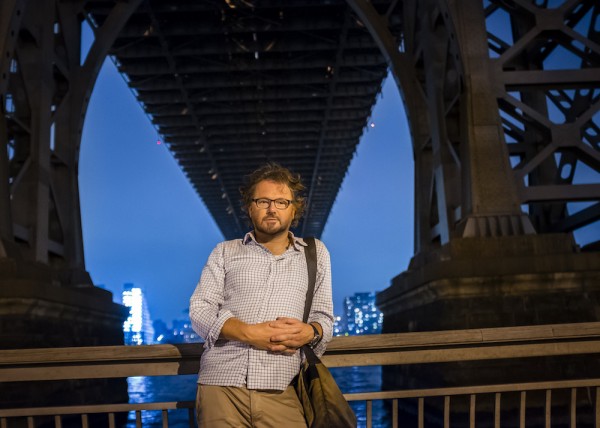21 Years in One Second
21 Years in One Second
Erik Hinz
January 2, 2020
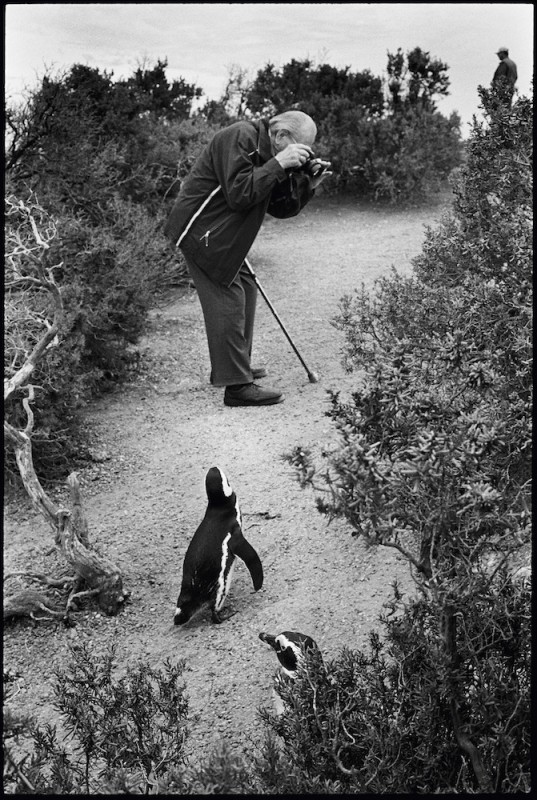
Monumento Natural, “Los Pinguinos” Chile, 2004
…on his first photographic steps
“The first big trip I took was at the end of the eighties, when a good friend and I spent three months hitch-hiking 35,000 kilometres around the U.S.A. Photographically-speaking, I was captivated by Ansel Adams' approach, and I took a heap of bad pictures with my mirror-reflex camera – mostly without any people in them. When I returned home, I began studying at the University of Applied Sciences and Arts in Dortmund. My application was titled Kinder der Nacht oder: Wo beginnt das Leben? (Children of the night or: where does life begin?). It was just about people partying at night. Hard, frontal, direct and taken using a flash. That study period was a wonderful time, full of energy and constant discussions about pictures, trips, reportages and analyses. In my studies, I got to know photographers such as Robert Frank, Eugene Smith, Henri Cartier-Bresson and Werner Bischof; later on I learnt about many other Magnum photographers, some whom I actually met. However, I also had Richard Avedon, William Klein and Garry Winogrand in my sights.”
…about photographic challenges
“One of the biggest challenges I had to face resulted from a study assignment given to me in 1991 by Prof. Ulrich Mack. The subject was 'love, sorrow, pain and hope'. I began a reportage with and about a good friend who had been diagnosed with a brain tumour. It took me right to the limit of what I was able to endure. I took few photos, but we spoke a lot, with and without his family, about being and not being, life in all its facets – up until his passing the same year. I remember my last meeting at school with Prof. Mack very clearly. His assignment had really challenged me. While we were talking I actually started crying. He took me in his arms and told me that all good photographers experience at least one time where they reach this point of despair. But this circumstance includes a goal, it's about going on, getting ahead, and a maturing of oneself.”
…about orientation and successes
“Despite Mack's well-intentioned words, I was at first unable to photograph any more reportages. In the mid nineties, I began training as a studio photographer and learnt how to compose pictures with artificial light – so it was more of the technical side of photography. It's a completely different and exciting world, and it often helps me a lot even today. When I had spare time, I travelled around the world with my M6. I became something of a collector of situational street scenes, and I learnt to see, to compose, and to be more empathic. In 1998, after a long period, I started to work once again on a large, commissioned reportage in South Africa. It was a big success and was exhibited at the State Parliament in Düsseldorf. Even so, time marched on without a break. I contacted picture editors and agencies to earn money, did a lot of editorial and conventional jobs, peppered now and then with an exhibition. Because the situation of journalistic assignments was continuing to shri nk, agencies often booked me for German productions or sent me around the world. Since becoming freelance in 2001, I work a lot in the fields of image, portraiture, social reportage and illustrations for business reports. I love my profession. It brings me together with wonderful people and I learn something new on every job.”
…about his twenty-one years in one second book project
“twenty-one years in one second means: 100 photos, with a 1/100 second exposure. Doing the maths that equals one second in 21 years of photography. This idea of time lived and space perceived fascinated me. I always thought that you only become aware of time by the way children grow older, and, in fact, it's only other people who grow older. How mistaken can you be? For this project, I took five boxes of my black and white prints to Berlin and showed them to a good friend whom I had studied with in Dortmund. We spent five days choosing pictures, laying them out in any number of different combinations. The common denominator at first was just a good gut feeling as we lined them up. It starts out in Europe, then wanders in small groups of pictures across countries and continents, and all over the world. When I remember the situations where I took my pictures, everything feels easy and light, even though there were times when it felt like my carotid artery was about to burst. The pictures simply emerge as you go th rough life. In the case of my book, I always remember my friend Hannes Wanderer, the publisher of Peperoni Books. He passed away in 2018. It was only with his help that I was able to complete the project. Thanks to him I was able to find new perspectives, approaches and ideas. I miss him a lot, and even more my beloved mum, who passed away of September 17, 2019.”
…about the meaning of photography
“If I had to summarise picture taking in a few words, the first word would be empathy, followed by equality without prejudice – in all areas of life. Then comes showing respect – for people and for nature. You have to love people to be able to photograph them. Next comes listening and observing, conversing together, laughing and sharing. Being prepared to engage. And, above all: being able to wait.”
The book can be ordered via his website.
Erik Hinz+-
The trained printer was born in Radolfzell in 1967. He studied visual communications with an emphasis on photo design in Dortmund. Since 1998, he has been photographing freelance for newspapers and magazines such as Spiegel, Süddeutsche Zeitung, Frankfurter Allgemeine Zeitung, and various commercial enterprises. International projects have taken him, among other places, to Australia, Russia, Indonesia, Japan and the Caribbean. More

Monumento Natural, “Los Pinguinos” Chile, 2004
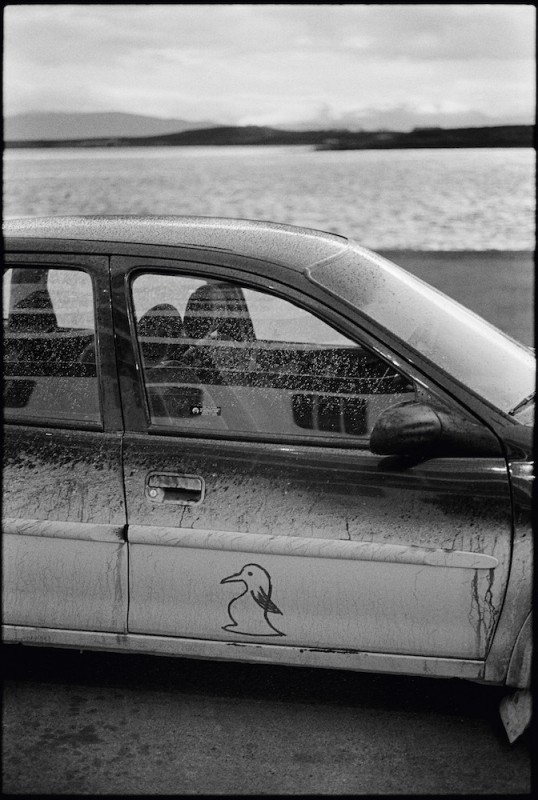
Penguin Graffiti, Ushuaia Argentina, 2004
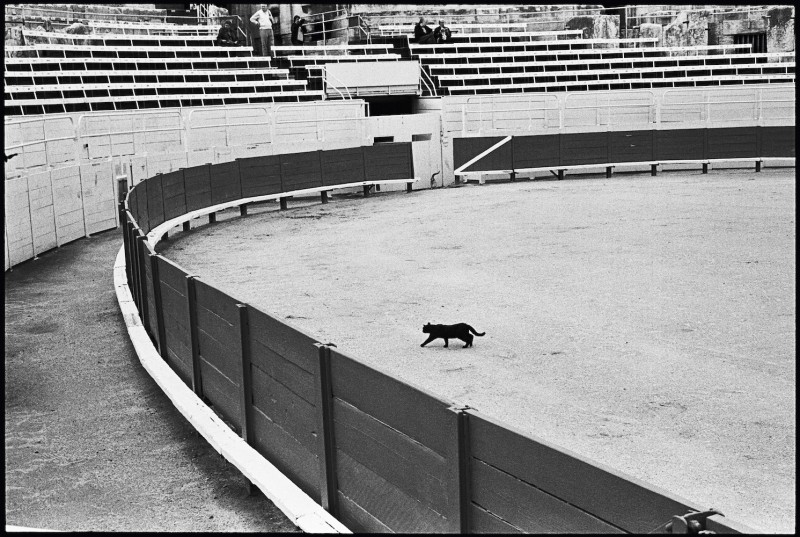
Bullfighting arena Les Arenes, Amphitheatre Arles, France, 1993
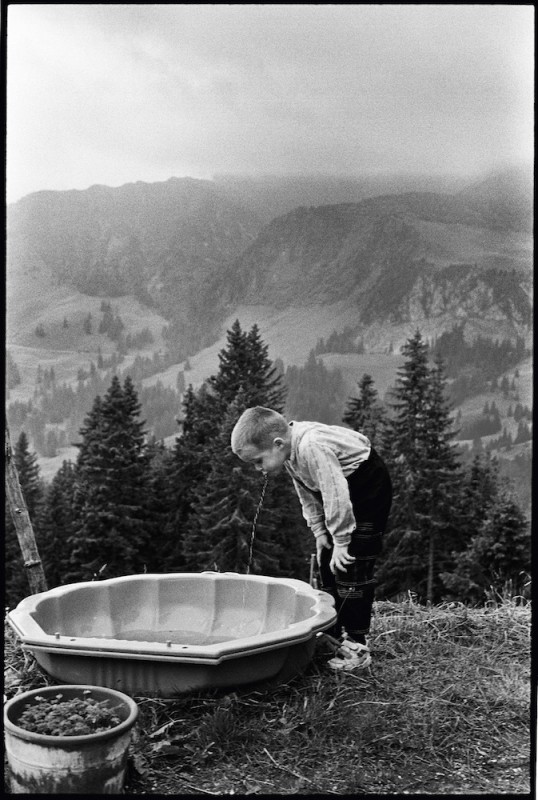
Shell spit, Alps Switzerland, 1998

1000 car tires burning, Kanyamazane, South Africa, 1998
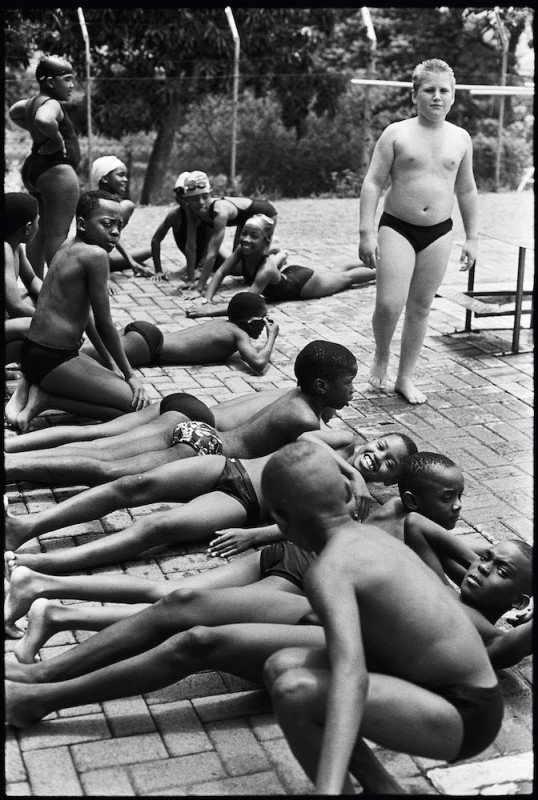
St. Peter’s School, Nelspruit South Africa, 1998
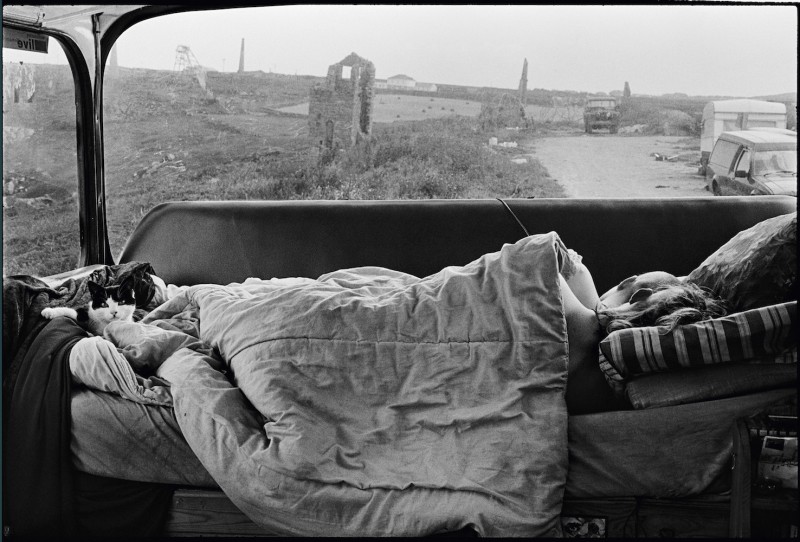
Sleeping Punks with cat, Cornwall England, 1993
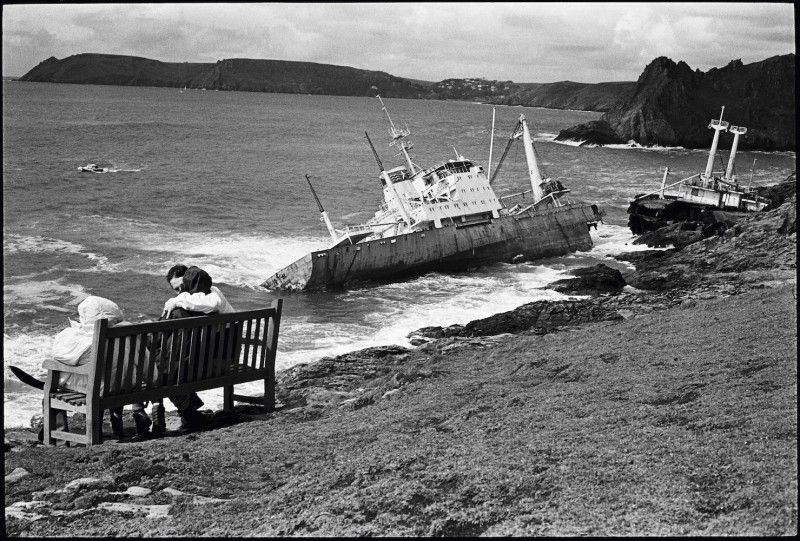
Korean shipwreck, Cornwall, England, 1993

Military shelter, Nicosia Cyprus, 2004
